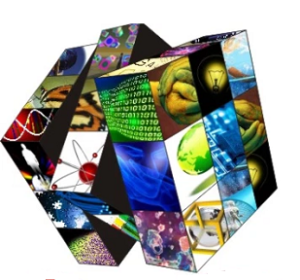
It is not a cIt is not a crisis of thought alone
The crisis may seem like something too intellectual, thinking would be far from the concrete reality of science, and thus from ordinary life, but its extension reaches the everyday science from statistics to medicine, from bibliometrics to biology and this can affect confidence in science and in In the spiritual field there is an immense openness to quackery and the manipulation of good faith.
the concrete reality of science, and thus from ordinary life, but its extension reaches the everyday science from statistics to medicine, from bibliometrics to biology and this can affect confidence in science and in In the spiritual field there is an immense openness to quackery and the manipulation of good faith.
This criticism questioned, for example, the fact-value dichotomy, emphasizing the social construction of facts, and can be traced back to the works of philosophers like Friedrich Nietzsche and Edmund Husserl, with their rejection of science as a metaphysical substitute.
Stephen Toulmin was very articulate in his criticism of the Cartesian idea of rationality (1958), while the essence of the scientific method has been the subject of writings (and disputes) by authors such as Karl Popper, Thomas Kuhn, Paul Feyerabend and Imre Lakatos.
The essence of the scientific method has been the subject of writings (and disputes) by authors such as Karl Popper, Thomas Kuhn, Paul Feyerabend and Imre Lakatos, the echo of these disputes reaching the world of physics as the debate about string theories and their physical reality.
An interesting literature on the current crisis was the work of Derek of Solla Price “Little Science, Big Science” of 1963, he states that there is a point of saturation and senility, which was the result of the exponential growth he experienced in the 20th century.
Another more interesting work is the book by Jerome Ravetz “Scientific knowledge and its social problems”, which offers a critique of the myths of objectivity (it is our main object of this blog), and which asks about the solution of practical problems, that is , social.
In a recent work he recently argued Ravetz (2016) that “Applying a” scientific “methodology to science governance tasks leads directly to corruption, as any system can be at stake”, in another article, Ravetz (2011) defines the issue in terms of the “maturation of the structural contradictions of modern European society”.
The pandemic showed the inefficiency of both the medical field where “specialists” defend medicines that have not been proven effective and generate collateral problems, such as hydroxychloroquine and others (according to the magazine Veja (in section Saude), 69 medicines are tested: 18 are anticancer, 14 immunosuppressants, 13 antihypertensive drugs, 12 antiparasitic drugs and 12 anti-inflammatory drugs, and statistical treatment also hide the real results, as are the analyzes of the evolution of the pandemic in Brazil
References:
De Solla Price, D. J. (1963). Little science big science. Columbia University Press.
Ravetz, J. R. (1971). Scientific knowledge and its social problems. Oxford University Press.
Ravetz, J. (2008). Faith and reason in the mathematics of the credit crunch. The Oxford Magazine. Eight Week, Michaelmas term 14–16, Available online at http://www. pantaneto.co.uk/issue35/ravetz.htm.
Ravetz, J. R. (2011). Postnormal Science and the maturing of the structural contradictions of modern European science. Futures, 43, 142–148.
Ravetz, J. R. (2016). How should we treat science’s growing pains? The Guardian 8 June 2016.
Toulmin, S. E. (1958) The Uses of Argument, UK: Cambridge University Press.









